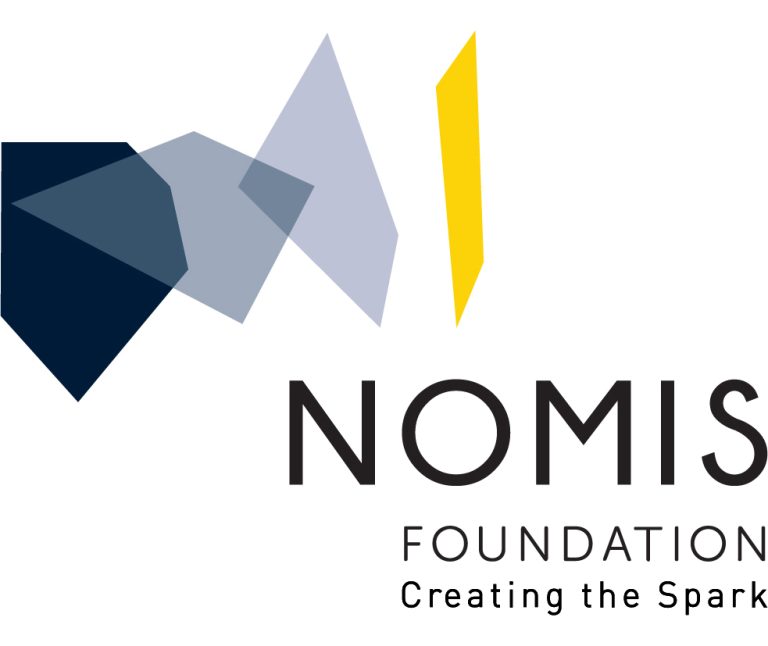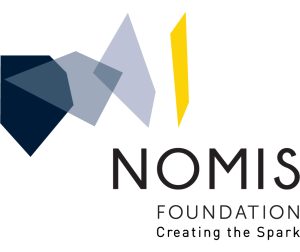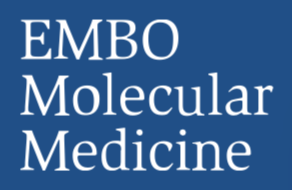Autophagy is a fundamental pathway for the degradation of cytoplasmic content in response to pleiotropic extracellular and intracellular stimuli. Recent advances in the autophagy field have demonstrated that different organelles can also be specifically targeted for autophagy with broad implications on cellular and organismal health. This opens new dimensions in the autophagy field and more unanswered questions on the rationale and underlying mechanisms to degrade different organelles. Functional genomics via clustered regularly interspaced short palindromic repeats (CRISPR)-Cas9-based screening has gained popularity in the autophagy field to understand the common and unique factors that are implicated in the signaling, recognition, and execution of different cargo-specific autophagies. We focus on recent applications of CRISPR-based screens in the autophagy field, their discoveries, and the future directions of autophagy screens.











